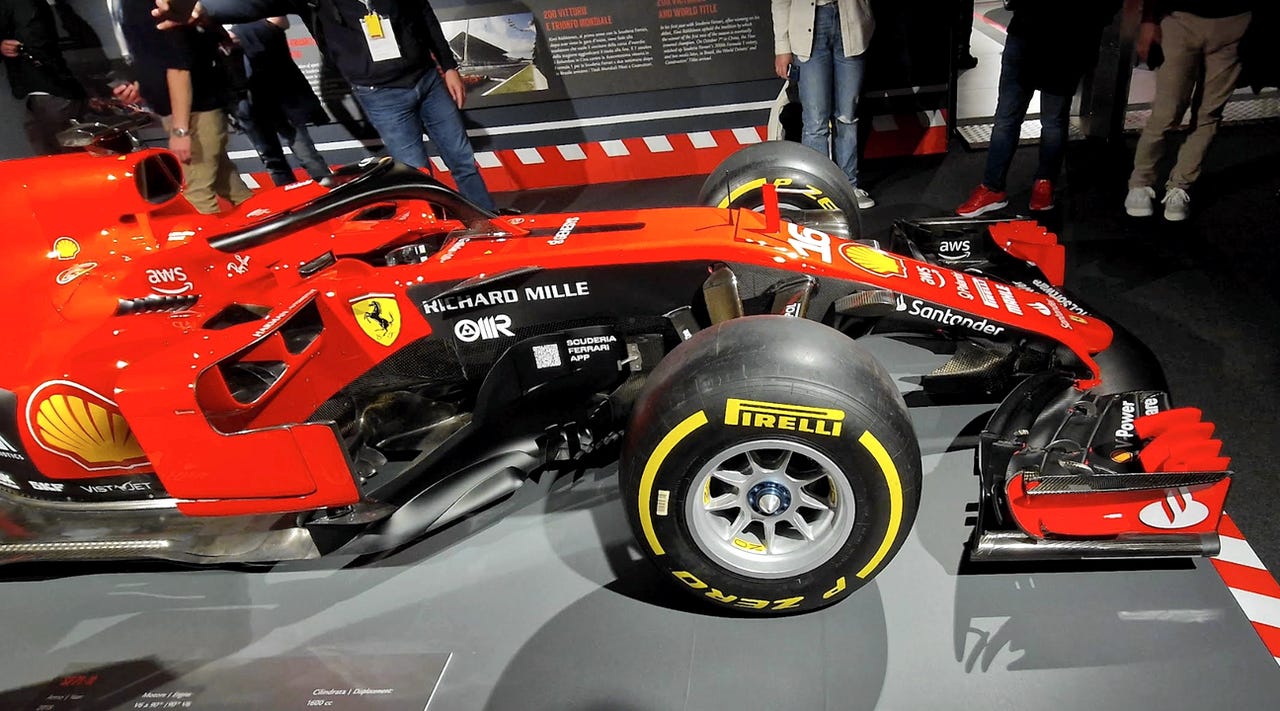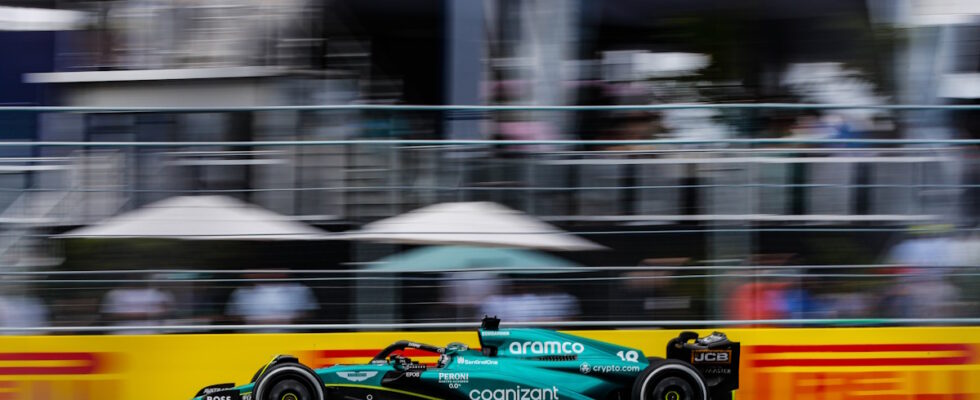How to always go faster while limiting breakage on the security side? Here is in a way the leitmotif of all the Formula 1 teams, which travel the world each season aboard the Formula 1 Circus (about twenty circuits per year).
Aston Martin, a return to Formula 1 after 60 years of absence, has been associated for two years with NetApp to optimize the performance of the applications used by the team in the paddock. “The team is halfway through its five-year plan, the objective of which is to reach the top positions in the Formula 1 world championship,” said Claire Lansley, the Aston Martin F1 Team’s CIO. “This third year is marked by regular podiums, four to be exact, and that is more than the two previous years. The AMR23, our fastest car to date, shows a huge leap forward in terms of performance , rising from seventh on the grid in 2022 to second in the Constructors’ World Championship after five rounds in 2023″.
To fuel this search for performance, NetApp installed its converged infrastructure platform FlexPod at the edge of the track. Enough to put a Kubernetes cluster in the paddock, in order to analyze the data without the bottleneck that network connectivity often constitutes depending on the locations of the Grand Prix. But all the race data, fed back from the 300 sensors fitted to the car, cannot be analyzed on the edge of the track.

Data transmission between the vehicle and Aston Martin engineers is done from the paddock to the factory and cloud servers via incremental backup. This will halve data loading times.
Reduce data access time to make decisions
On this point, the DSI of the Aston Martin F1 Team ensures that “the speed of sending telemetric data from the edge of the track to the factory has been reduced from 20 to less than 10 minutes”. As a result, plant engineers can analyze the data faster and adjust it if necessary. To do this, Aston Martin uses SnapMirror technology, which transfers data from the factory to the control center via an incremental backup.
An example of the impact of this technology in racing occurred at the last Australian Grand Prix. Between the third free practice session and the first qualifying session, “a decision had to be made on the height of the suspension in order to find a compromise between aerodynamic optimization and suspension performance” indicates Claire Lansley. “If NetApp had not reduced data access times, the right decision could not have been made in this short window between sessions.”

Antenna for transmitting and receiving data from the AMR23, the current car of the Aston Martin team.
If the question of data access and analysis is just as crucial at Ferrari as at Aston Martin, recent news has led the Scuderia to communicate above all on cybersecurity.
How Ferrari wants to limit attacks
Ransomware, blackmail, theft of intellectual property, compromise of customer, employee or investor data, collaborators ready to work for competitors: the list of threats and attack vectors is endless, and affect the teams of Formula 1. Why? Because Formula 1 teams are real financial powers. Some are worth over $1 billion, making them lucrative targets for cybercriminals.

And a recent ransomware attack has highlighted hackers’ serious interest in Formula 1. Ferrari said last March that its Italian subsidiary, Ferrari SpA, suffered a data breach in which attackers “have been able to access a limited number of systems in its computing environment”.
Clearly, names, addresses, email addresses and phone numbers were exposed. However, the company does not believe any financial data was stolen. And a ransom demand was then sent to Ferrari. A ransom that Ferrarti refused to pay.
Cybersecurity is now “our mantra”
Last week, cybersecurity company Bitdefender and Ferrari announced a partnership. Concretely, Ferrari will integrate Bitdefender Advanced Threat Intelligence into its Security Operations Center (SOC) and strengthen Ferrari’s existing security team by providing data and threat intelligence to triage suspicious activity and improve response to incidents.
At a press event announcing the partnership, Luca Pierro, head of cybersecurity at Ferrari, explained that now cybersecurity is “our mantra. We have to be ready to handle an adverse event” when it comes to cybersecurity. According to Silvia Gabrielle, head of digital and data at Ferrari, it is effectively about “managing” – rather than solving – cybersecurity challenges.
Ferrari security analysts will be able to access the Bitdefender Operational Intelligence API, a service for researching cyber threats and contextual data such as malware families, known cybersecurity gangs and victim profiles. According to Mr. Pierro, this should create “a shield for the company”. Although Pierro says phishing and the human factor are the most common attack vectors Ferrari faces, with lateral movement technique being a secondary concern, these partnerships reduce the overall attack surface.
